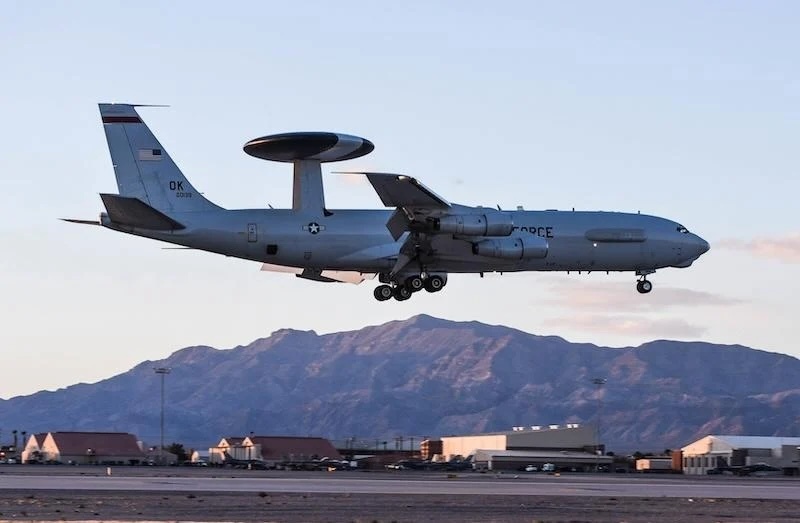16.05.2025

The Pentagon is testing space-based sensors as air moving target indicators, a mission that is currently performed by Boeing E-3A airborne warning and control system aircraft.
The U.S. military is currently testing sensors that can be used to track moving aerial targets from space, Gen. Gregory Guillot, commander of U.S. Northern Command and the North American Aerospace Defense Command, said May 13.
The Boeing E-3A Sentry Airborne Warning and Control System currently performs the air moving target indicator (AMTI) mission, but the Defense Department is considering options to move that mission to space.
Guillot said that “a number of prototype systems” are “on orbit now” for space-based AMTI during a hearing before the Senate Armed Services Strategic Forces subcommittee.
Guillot’s comments came in response to questioning from subcommittee Chair Sen. Deb Fischer (R-Neb.), regarding sensor and radar system options that might be incorporated into an eventual Golden Dome missile defense architecture. He did not provide additional details regarding the prototype sensors.
Congress has charged the Department of the Air Force to shift the ground and air MTI missions from aircraft to spacecraft. Lawmakers called for the service to stand up a program executive officer for space-based MTI under the fiscal 2025 National Defense Authorization Act.
The Space Force expects to field an initial set of space-based MTI sensors to track both ground- and air-based targets by the early 2030s, Vice Chief of Space Operations Gen. Michael Guetlein said in September 2024.
The aging E-3 aircraft currently performing the AMTI mission are slated to be replaced by Boeing E-7A Wedgetail platforms, but that proposal now faces a cancellation threat as the Pentagon weighs moving the AMTI mission entirely to space, Aviation Week reports.
Air Force Chief of Staff Gen. David Allvin asserted that satellites are not yet capable of performing the full scope of an airborne early warning and control aircraft during a May 6 hearing before the House Appropriations Defense subcommittee.
“We have to do more than just sense. We have to sense, make sense and act,” Allvin said then. “And right now, the E-7 is the platform that delivers what the E-3 can with greater capability.”
Quelle: AVIATION WEEK
